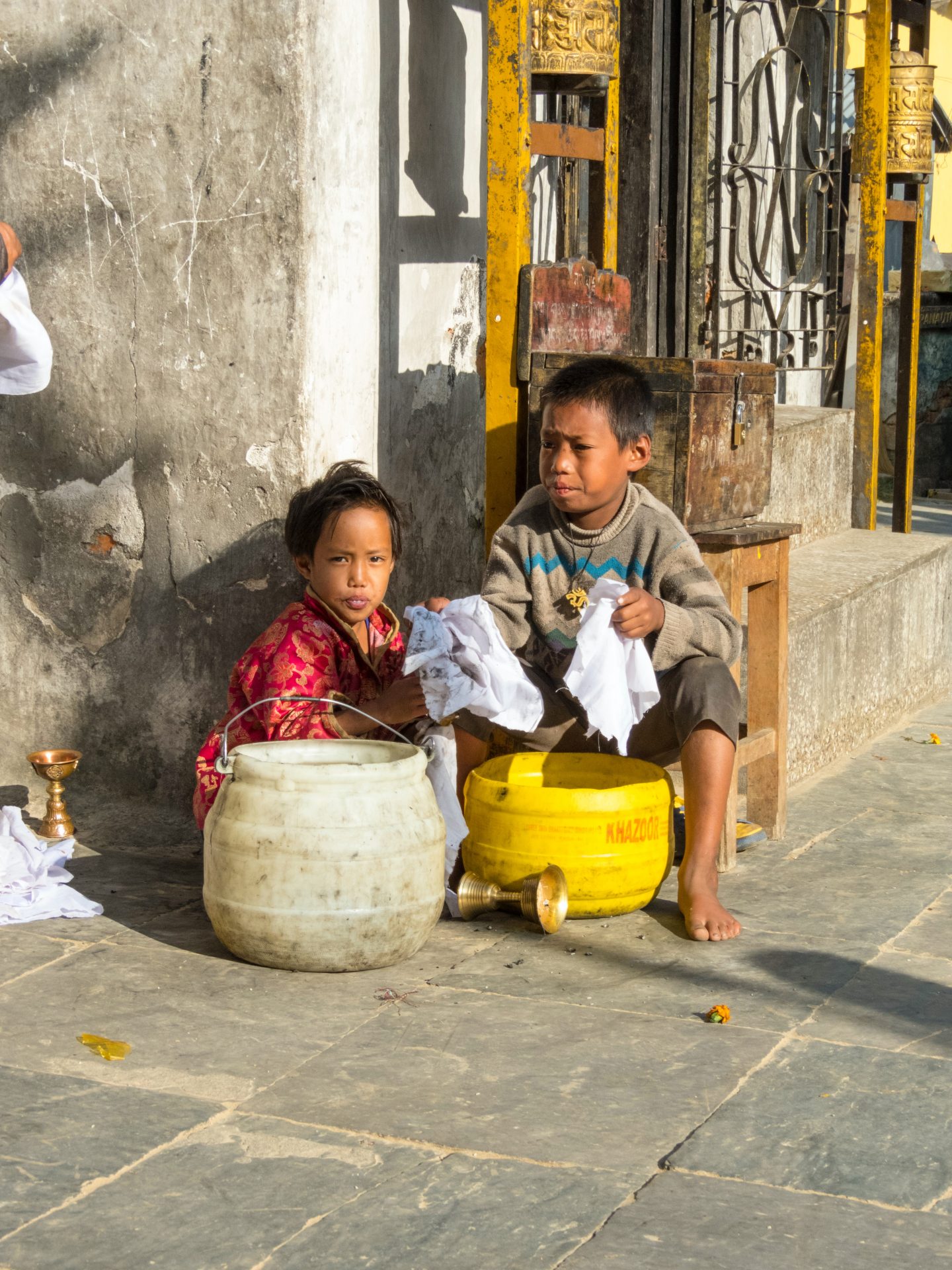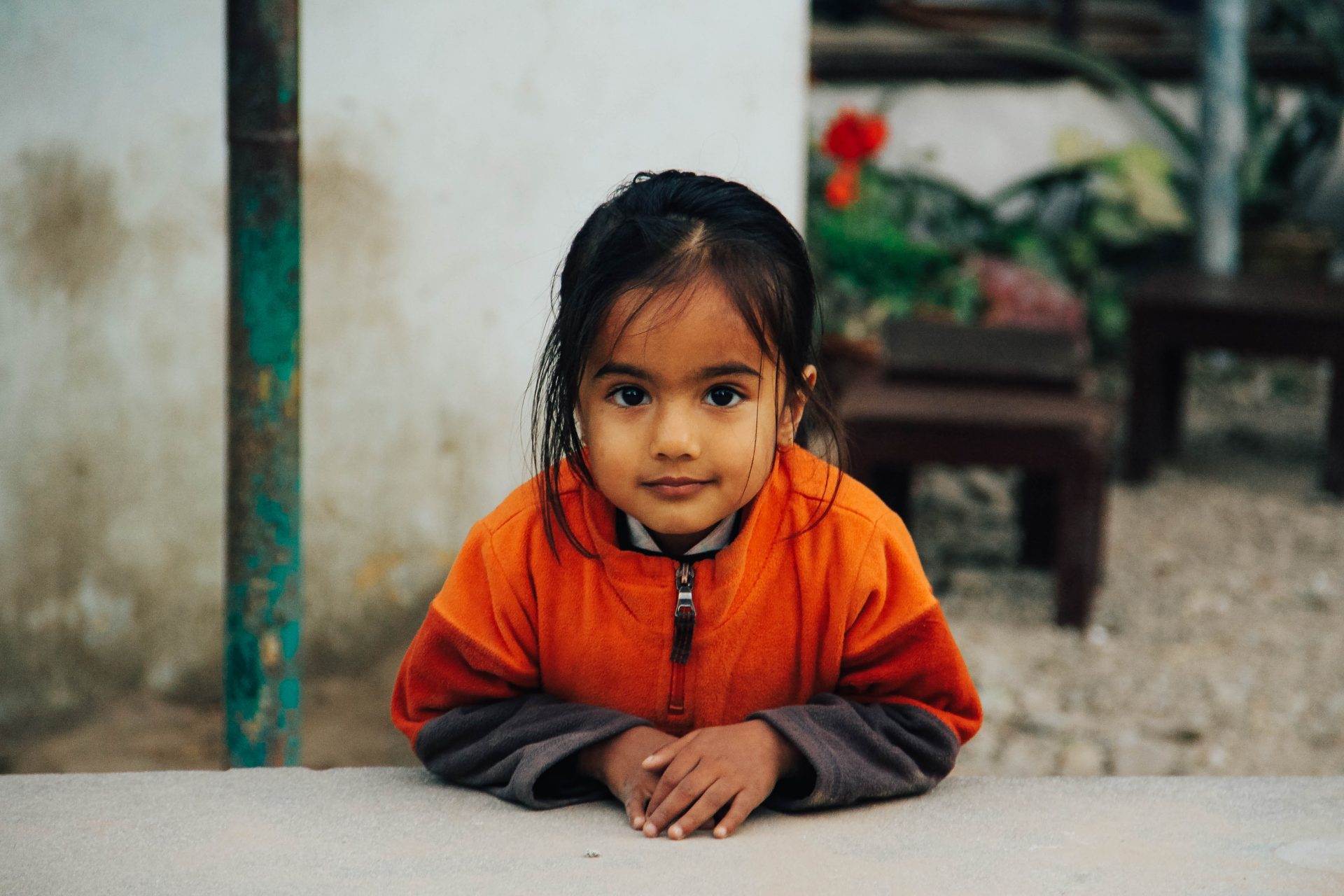- This toolkit has been prepared for UNICEF professionals at all levels in the South Asia region, working on gender interventions at national and subnational levels including gender focal points and specialists, non-gender specialists, management, sector staff and planning, monitoring and evaluation (PME) teams
- It may also be a useful resource for government stakeholders working closely with UNICEF and for implementing partners working towards gender equality
This toolkit includes step-by-step guidance, checklists, and additional tools for undertaking a gender analysis, ensuring gender is mainstreamed effectively through and stages of a program, and integrating gender into the UNICEF Regional Headline Results (Save New Borns, Stop Stunting, Every Child Learns, and End Child Marriage) and in the Complementary Results for Early Childhood Development (ECD) and Water, Sanitation and Hygiene (WASH).

Without conducting a gender analysis, it is not possible to be certain that an intervention really can contribute to the promotion of gender equality and socially-just human development. Because there is no set “recipe” for attaining gender equality, it is crucial to have a full understanding of the gender issues in any given situation – and these situations differ. This ensures that policies and programmes are not based on incorrect assumptions and stereotypes but on everyday life situation of women, men, girls and boys.
The seven principles are: 1) apply a gender lens to existing structures, processes, and culture; 2) recognise needs and interests of women and men, girls and boys as different and equal; 3) women and men work together to rebalance access and control over resources and power; 4) political will, support, and commitment from the top to lead and authorise process; 5) ownership and commitment by all stakeholders; 6) Gender adviser/team/focal point to support and promote gender skills and approaches but overall responsibility for gender mainstreaming and implementation lies with all staff; and 7) all staff involved in implementation need to be gender-aware.
Step 1: Assess the manifestations of child right shortfalls and inequities in child outcomes guided by gender analysis questions
Step 2: Analysing the causes of inequities and identifying opportunities across the enabling environment, supply, quality, and demand of services.
Step 3: Analysing multiple and overlapping deprivations experienced by girls and boys through stakeholder consultation and gender analysis frameworks.
Step 1: Develop a theory of change.
Step 2: Formulate a Logical Framework that considers four different levels (individual, household, community and society) of intervention.
Step 3: Develop an M&E framework with gender-sensitive indicators.
Step 4: Use gender-responsive budgeting to plan for human and financial resources.
Step 1: Conduct gender equality training to ensure stakeholders have adequate knowledge and capacity.
Step 2: Raise awareness of gender equality throughout the implementation process.
Step 3: Go beyond the numbers and take action to shift traditional gender roles.
Step 4: Ensuring that the process is inclusive and participatory, including by engaging men and boys, as well as planning activities that account for gendered divisions of labour and time use.
Step 1: Gather information using tools surveys/questionnaires, interviews, focus groups, document reviews, and field visits.
Step 2: Analyse the data disaggregated by sex and age using gender analysis questions to assess gender equality outcomes.
Step 3: Adjust the program if necessary.
Step 4: Use a gender assessment scale to ensure the program is not doing harm and is gender transformative.
Step 5: Use gender analysis questions to assess whether gender was integrated into the evaluation process.
Step 6: Use the UNICEF GEM to measure the extent to which intermediate results that use program budgets contribute to GE.
Step 1: Tailor the message to the target audience and use multiple dissemination channels that reach women and men, girls and boys.
Step 2: Monitor reception and impact.





